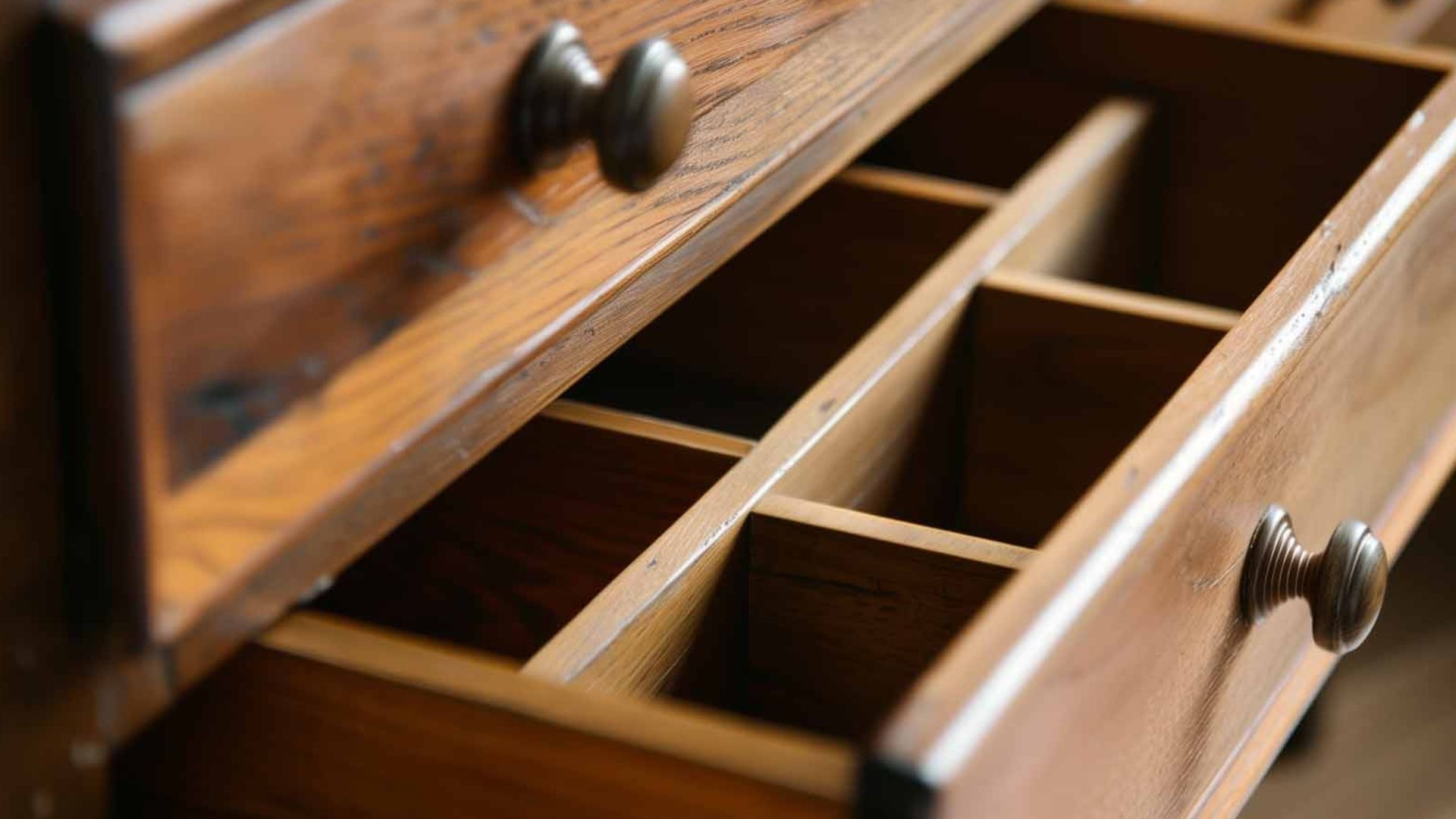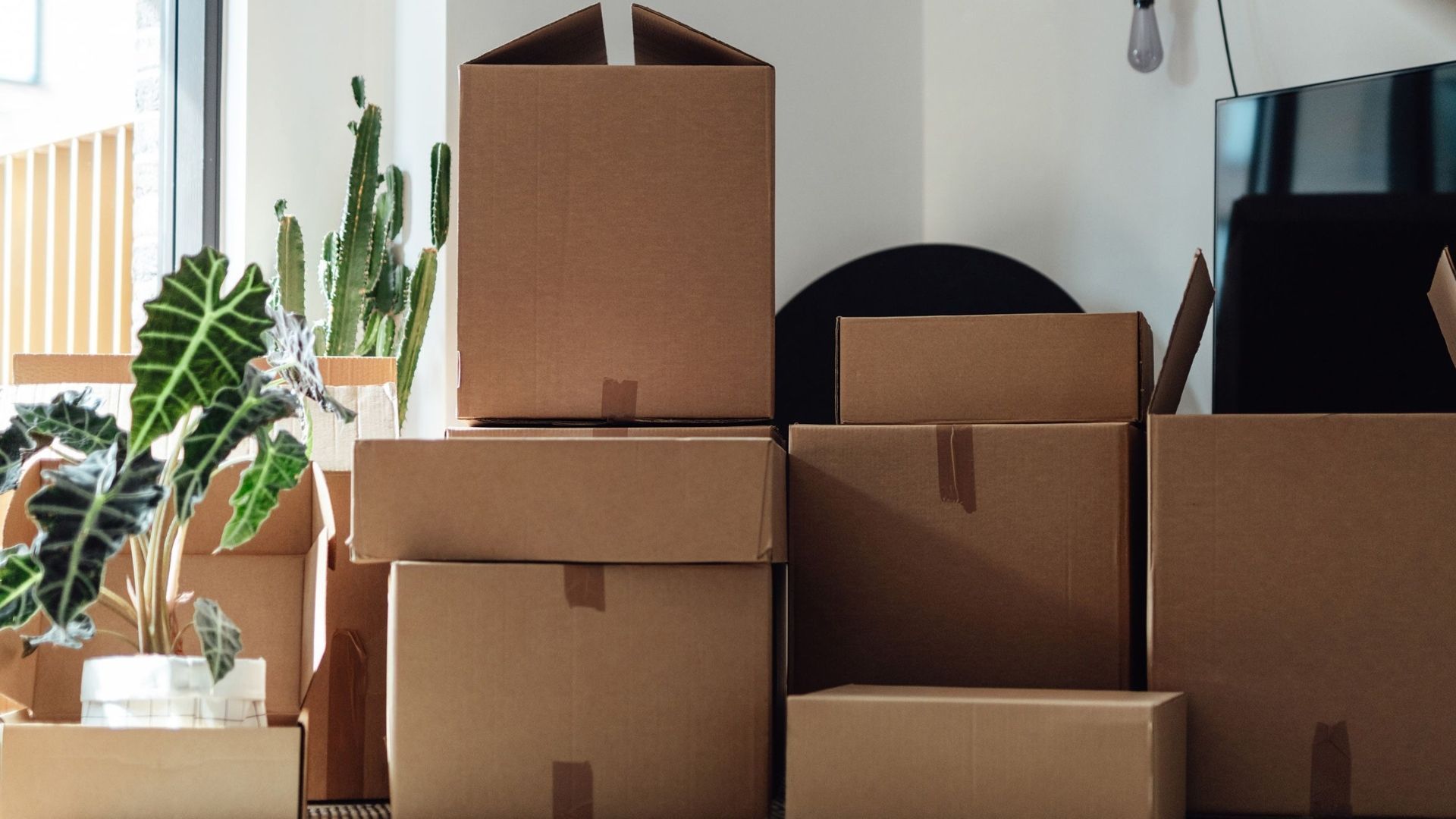How to Survive Without a Kitchen During Renovation?
To survive without a kitchen during renovation! With smart planning and the right temporary setup, you can cook healthy meals, stay on budget, and maintain your sanity during this crazy time. This guide will show you exactly how to make it work.
Kitchen renovations typically take 6-8 weeks for construction alone, though some projects can stretch 3-6 months depending on complexity. According to the Joint Center for Housing Studies of Harvard University, the home renovation industry has surpassed the $400 billion threshold. That's a long time to eat takeout every night! But don't worry - thousands of families have made it through kitchen renovations while still cooking at home, and you can too.
Set Up Your Temporary Kitchen Like a Pro
Choose the Perfect Spot
Your temporary kitchen needs three key things: space, water access, and safety. Look for an area far from renovation dust but close to water - like a basement with a wet bar, laundry room with utility sink, or even a garage with outdoor access.
Best Location Options:
- Laundry room (ideal if it has a sink)
- Basement rec room
- Garage (great for grilling access)
- Spare bedroom
- Dining room
Make sure your chosen spot has enough electrical outlets and good ventilation. Safety first!
Create Your Work Space
You can reuse your old kitchen cabinets and countertop sections if they survive demolition, or invest in folding tables from Amazon for a quick prep space. Two folding tables work great - one for prep and one for appliances.
Essential Work Surface Items:
- Folding table or repurposed cabinets
- Cutting boards
- Storage containers for supplies
- Good lighting (add lamps if needed)
- Trash can with tight-fitting lid
Stock Essential Appliances
A multi-cooker becomes your best friend during renovation, offering slow cooking, pressure cooking, steaming, and even baking in one device. Here's what you really need:
Must-Have Appliances:
- Microwave (for reheating and quick cooking)
- Multi-cooker or Instant Pot
- Toaster oven (surprisingly versatile!)
- Electric kettle (for hot water needs)
- Coffee maker (non-negotiable for many!)
Nice-to-Have Items:
- Portable hot plate or electric cooktop
- Air fryer
- Slow cooker
- Mini fridge (if you can't move your main one)
Master the Art of Dish Washing
Find Your Washing Solution
Most people use bathroom sinks or bathtubs for dish washing, but you can also use large plastic storage containers - one for washing and one for rinsing.
Washing Options:
- Bathroom sink (surprisingly effective!)
- Bathtub with drying rack
- Large plastic bins (camp-style washing)
- Laundry tub (if available)
- Outdoor spigot during warm weather
Make Cleaning Easier
Clean dishes immediately after eating to prevent food from sticking and reduce clutter in your temporary space. This simple habit saves tons of time and stress. Remember to follow the CDC's food safety guidelines even in your temporary setup - wash hands for at least 20 seconds before and after handling food, and keep surfaces clean.
Smart Cleaning Tips:
- Use disposable plates for messy meals
- Clean as you cook
- Keep dish soap and sponges handy
- Have a drying rack ready
- Use compostable plates when you're tired
Plan Your Meals Like a Champion
Prep Before the Chaos Starts
Cook and freeze meals in bulk before your renovation begins - think chili, bolognese, lasagna, and soups that reheat easily. This prep work is a total game-changer.
Pre-Renovation Meal Prep:
- Cook double batches and freeze half
- Make freezer-friendly casseroles
- Pre-cut vegetables and portion proteins
- Stock up on easy-to-reheat ingredients
Master Simple Cooking Methods
One-Pot Wonders:
- Pasta dishes with jarred sauce
- Stir-fries in your multi-cooker
- Slow cooker meals
- Sheet pan dinners (if you have access to an oven)
No-Cook Options:
- Salads with pre-cooked protein
- Sandwiches and wraps
- Cheese and crackers plates
- Fresh fruit and yogurt
Embrace Your Grill
Schedule your renovation during grilling season if possible - your outdoor grill becomes your best friend and main cooking source.
Grill Like a Pro:
- Burgers, hot dogs, and chicken
- Foil-wrapped vegetables
- Foil-packet potatoes
- Even pizza on the grill!
Smart Storage Solutions
Organize Your Essentials
Keep commonly used items in clear plastic containers and label everything to make finding what you need easier.
Storage Must-Haves:
- Clear plastic bins with tight lids
- Labels for everything
- Stackable containers
- Easy-to-carry baskets
Protect Your Stuff
Use large bins with tight lids to keep pantry items safe from dust and debris during renovation. This prevents waste and contamination. The USDA Food Safety and Inspection Service recommends storing food in clean, dry places and keeping refrigerated items at 40°F or below even in temporary setups.
Money-Saving Strategies
Budget-Friendly Appliance Options
You don't need to spend a fortune on temporary equipment. Ask friends to borrow appliances, shop thrift stores, or check Facebook Marketplace for used items.
Cost-Cutting Tips:
- Borrow from friends and family
- Buy used equipment temporarily
- Shop discount stores
- Repurpose items you already have
Meal Planning on a Budget
Start clipping restaurant coupons before renovation begins, and plan your dining out budget carefully. But focus on home cooking to save money.
Budget Meal Ideas:
- Pasta with simple sauces
- Rice and bean dishes
- Egg-based meals
- Seasonal vegetables and fruits
Handle the Stress Like a Boss
Set Realistic Expectations
Everything takes longer when cooking in a temporary kitchen, so factor in extra time for every task and start meal prep earlier. The University of South Alabama research shows that kitchens take over nine months of planning for just over five months of construction work, so patience is key.
Stress-Busting Tips:
- Plan meals in advance
- Start cooking earlier than usual
- Accept that some meals will be simple
- Take breaks from cooking with occasional takeout
Stay Flexible
Embrace the chaos and mess - this is temporary, and your new kitchen will be worth it! Remember, this is a first-world problem that will end soon.
Special Situations and Solutions
For Families with Kids
Kid-Friendly Strategies:
- Make "snack plates" for dinner (kids love this!)
- Use fun disposable plates occasionally
- Let kids help with simple prep tasks
- Stock up on their favorite easy foods
For Busy Professionals
Time-Saving Solutions:
- Meal delivery services during renovation
- Pre-made salads and proteins from grocery stores
- Rotisserie chicken for quick meals
- Breakfast bars and grab-and-go options
For Health-Conscious Eaters
Healthy Renovation Eating:
- Focus on fresh fruits and vegetables
- Use frozen vegetables (no chopping needed!)
- Choose whole grain options
- Keep healthy snacks readily available
Even during renovation chaos, the FDA recommends maintaining proper food safety practices like separating raw and cooked foods, using a food thermometer, and refrigerating leftovers within two hours.
Common Mistakes to Avoid
Don't Wait Until the Last Minute
Set up your temporary kitchen before demolition starts, not after - you'll be too tired to organize properly after a long day of demo work.
Don't Underestimate Storage Needs
Pack away everything you won't need daily. Box up items you use only occasionally and store them out of the way.
Don't Forget About Safety
Keep breakables and valuables away from rooms next to the kitchen, as they may suffer damage during construction.
Week-by-Week Survival Timeline
Week 1: The Shock Phase
Expect some chaos as you adjust to your new routine. Focus on simple meals and getting your system down.
Week 2-4: Finding Your Rhythm
You'll start getting comfortable with your temporary setup. This is when meal prep becomes crucial.
Week 5+: The Home Stretch
By now, you're a pro at temporary kitchen living. Keep your spirits up - you're almost there!
When to Consider Professional Help
If your renovation is taking longer than expected or you're feeling overwhelmed, remember that Last Stop Moving offers storage solutions that can help you safely store kitchen items during extended renovations.
Final Thoughts
Surviving without a kitchen during renovation is totally doable with the right plan and mindset. Focus on simple, healthy meals, embrace your temporary setup, and remember that this challenging time is bringing you closer to your dream kitchen.
The key is preparation, flexibility, and keeping things simple. Your new kitchen will be worth every paper plate, every dish washed in the bathtub, and every creative meal you cooked in your temporary space. Soon enough, you'll be making your first meal in your beautiful new kitchen - and it'll taste even better because you earned it!
Ready to start your renovation journey? Check out our moving checklist for more helpful tips, or explore our packing services to make your renovation preparation even easier.



